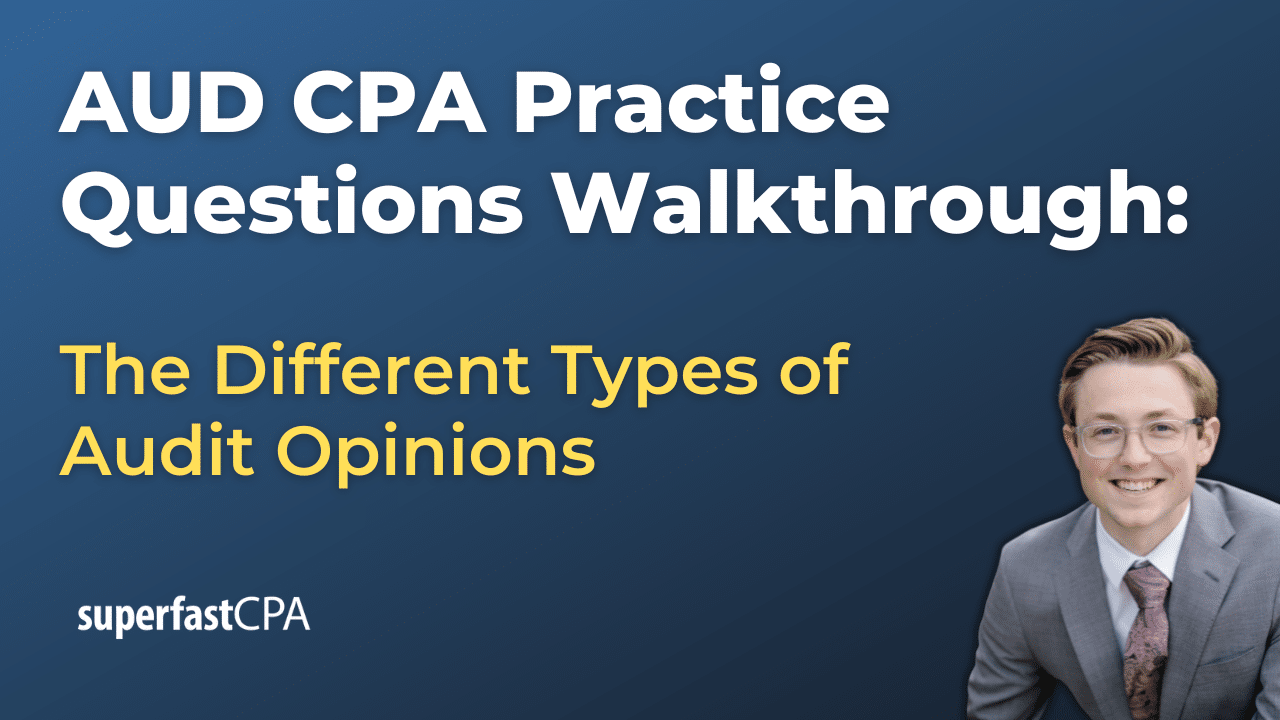Original Issue Discount
Original Issue Discount (OID) is a form of interest on a bond or other debt instrument. It occurs when the debt instrument is issued at a price less than its face value, i.e., it is sold at a discount.
The difference between the face value of the debt instrument (the amount paid back to the investor at maturity) and the price it was originally sold for is the OID. This amount effectively represents the total interest that will be paid over the term of the bond.
For example, if a company issues a $1,000 bond at $900, the OID is $100. This $100 is the interest the bondholder will effectively earn over the life of the bond, assuming they hold it until maturity.
In terms of tax treatment, in many jurisdictions, the OID is considered as interest income, and it’s taxable over the life of the bond even though the bondholder doesn’t receive the interest until the bond matures. The investor has to calculate and include an amount of interest income each year, known as “imputed interest,” even though they haven’t actually received any cash interest payments. This is called “accrual basis” taxation.
Please note that tax rules can vary widely depending on the jurisdiction and the specifics of the situation, so it’s always a good idea to consult with a tax advisor or accountant.
Example of Original Issue Discount
Let’s consider a simple example of Original Issue Discount (OID):
A company decides to raise funds for a new project and issues a bond with a face value of $1,000, a maturity of 10 years, but sells it for only $800. In this case, the bond is issued at a discount of $200, which is the OID.
Here’s how the bond works:
- The company sells the bond to an investor for $800.
- The investor does not receive any interest payments throughout the life of the bond.
- At the end of 10 years, when the bond matures, the company pays the investor $1,000, which is the face value of the bond.
The $200 difference between the face value of the bond and its original price is the OID. It represents the total interest income that the investor realizes over the life of the bond. This interest is earned without any cash changing hands until the bond matures, yet for tax purposes, it’s typically required to be recognized incrementally over the life of the bond.
Let’s say the investor has to recognize the $200 OID as income over the 10-year life of the bond. This would mean the investor has to report $20 ($200 divided by 10 years) as interest income for tax purposes each year, even though no cash is received until the bond matures.
Again, it’s important to remember that tax laws can be complex and vary significantly, so it’s always a good idea to consult with a tax professional or financial advisor when dealing with OID and similar financial instruments.













